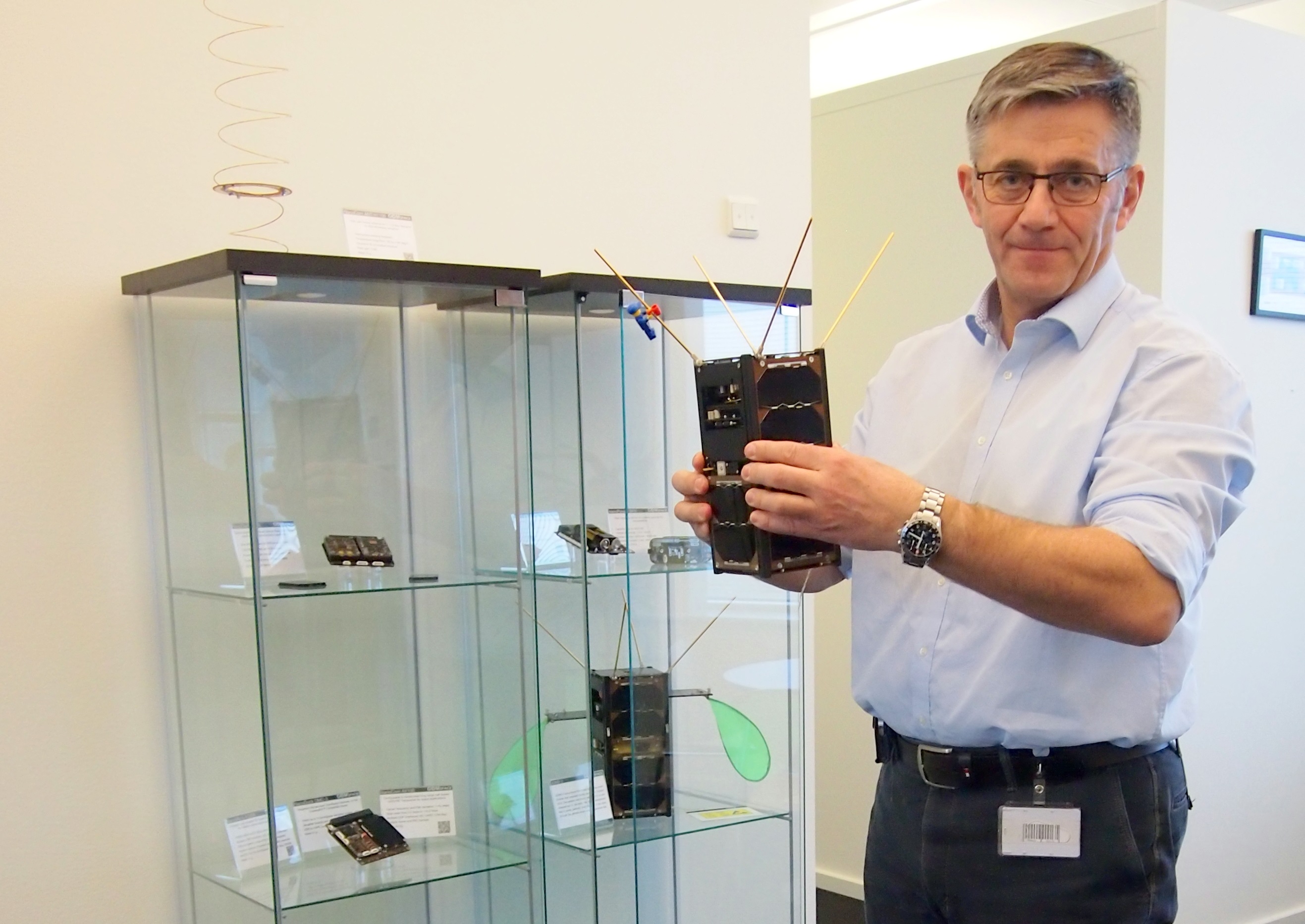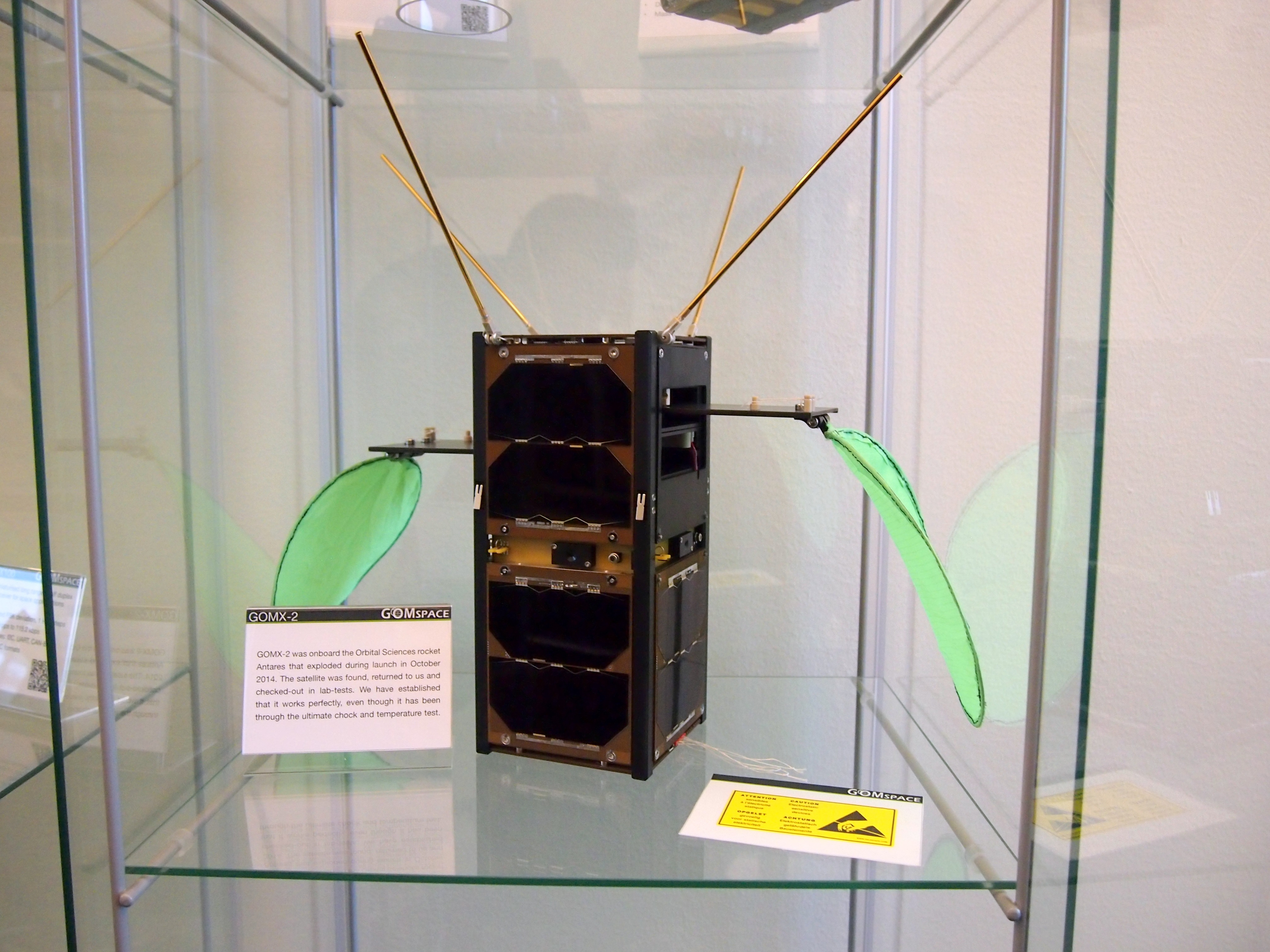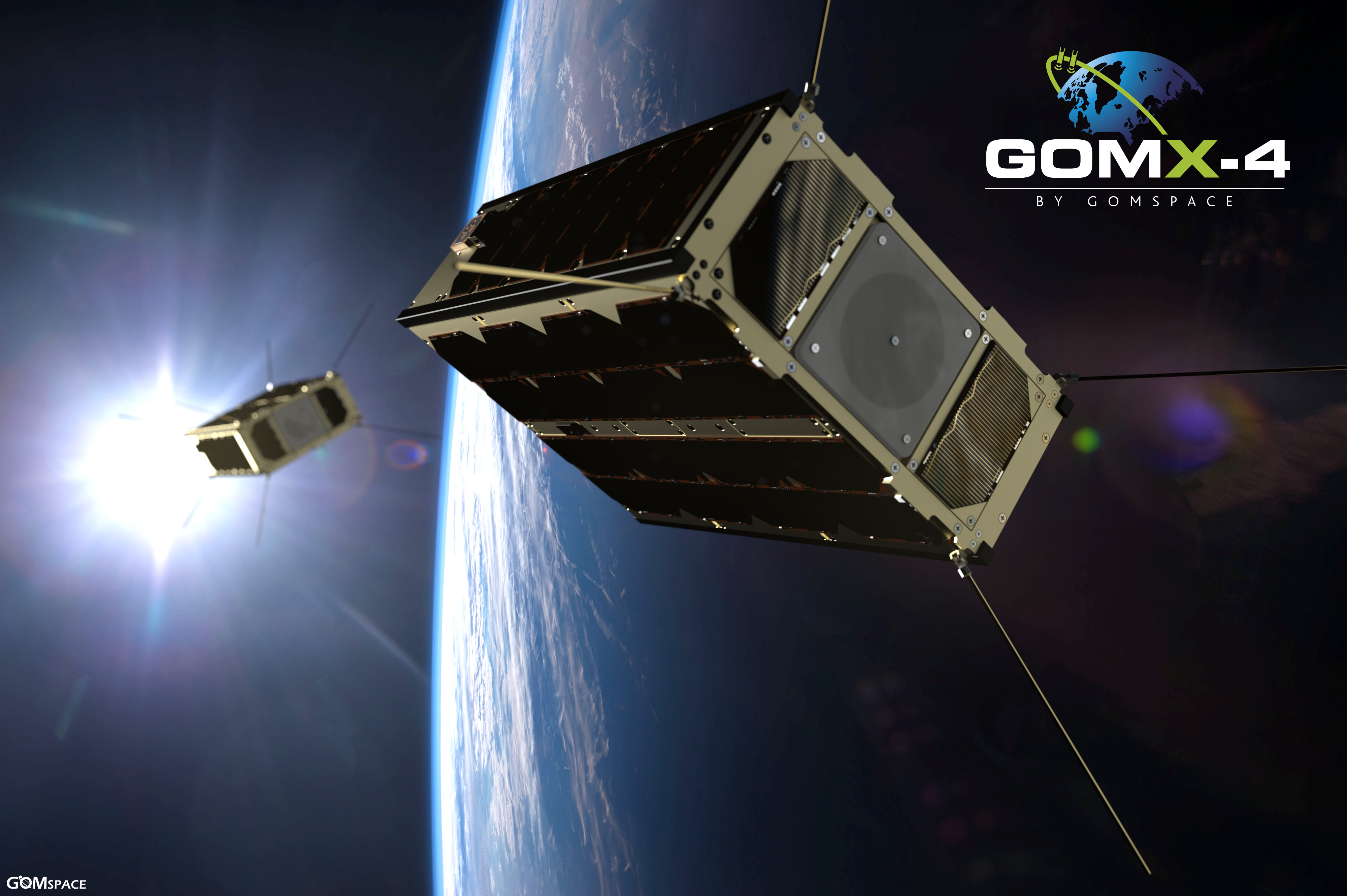We can help countries to become space nations
GomSpace is pioneer in nanosatellites and the goal is to change the world, one small satellite at a time

In the glory days of Nordic Mobile Telephone (NMT), a couple of decades ago, Aalborg in northern Denmark was a global center of mobile communication. The NMT system is long gone but it left behind a lot of knowledge and innovative skills. GomSpace CEO, Niels Buus elaborates: - We make satellites in multiples of 10x10x10 cm., called a unit (U), that provide capabilities at a fraction of the price of traditional satellites. An essential capacity of those small satellites is radio technology of which there is a lot of knowledge in the Aalborg area, mostly because of the heritage from NMT.
Three PhD students from Aalborg University founded GomSpace in 2007 and together with two foreign universities, they were pioneers in this category and successful from the start. Niels Buus explains: – From day one, the company has sold satellite sub-systems and parts to other universities that are building nanosatellites. In the beginning, we only had a couple of costumers but now costumers in a variety of segments from 50 countries around the world are using our systems and parts.
Motivated by a disaster
GomSpace sent the first nanosatellite into space in 2013 and its capability was motivated by a tragic airline disaster: - When Air France Flight 447 disappeared over the Atlantic Ocean in 2009, it took two years to find the black boxes because nobody knew where the plane went down. The tragic incident motivated our engineers to develop our first satellite, GOMX-1, which can track airplanes from space and has been doing so for two years now, says the CEO.
The satellite immediately caught attention in the international space community and shortly after, national authorities followed: - GOMX-1 made it clear that space was no longer a business solely for big countries and corporations with multibillion-dollar budgets!

The GOMX-2 survived the crash of the launch vehicle and is now used for display
A different business model
A traditional satellite is big, expensive and designed to last for many years in space. The GomSpace business model is completely different: Based on small, inexpensive systems, with a five to seven year life span that is replaceable relatively cheaper and with the newest technology.
- With a three million dollar investment, you get a GomSpace satellite and an earth control station. We help countries become space nations and with our satellites, they can track planes and ships, photograph selected areas on earth and even build small communication networks in isolated areas. This is indeed a disruptive technology, Niels Buus states.

The GOMX-3 mission is soon to be followed by the GOMX-4 mission, which will be launched in 2017. GOMX-4 is a twin satellite project including three partners; The Danish Defence Acquisition and Logistics Organization (DALO), the Technical University of Denmark and the European Space Agency (ESA). The mission will help the Danish Defense in surveillance of the Artic within the Kingdom plus demonstrate inter-satellite linking and station keeping capabilities; key enabling technologies for future nanosatellite constellations.
Foto: GomSpaceAmong GomSpace’s recent missions, we find GOMX-3 which was a mission in collaboration with ESA. In 2016, it set out to demonstrate attitude control, downline to ground station and antenna and SATCOM spot-beam monitoring and was later expanded to develop and demonstrate new capabilities incl. deployment of a new set of ADCS algorithms. The nominal mission was completed with all objectives met after less than three months in orbit, leaving the partners to continue and adapt the mission to demonstrate other capabilities , such as the capturing of wind data from flights for the UK Meteorology Office and live-tracking of aircrafts with direct integration to FlightRadar24.
Large scale production
No doubt, GomSpace will continue to focus on new and groundbreaking achievements in space. But in recent years and as the market matures, the company is currently experiencing a growing demand from not only traditional segments in science and military/defence but also from new commercial market players. Niels Buus elaborates:- The potential in the technology and business models of nanosatellites has become evident to major players and investors who now incorporate satellite solutions in their business to provide for instance communication and IoT. This in turn, demands for GomSpace to adjust and become a company attuned for large-scale production of satellites. The big constellation contract with Sky and Space Global is a perfect example of this.

